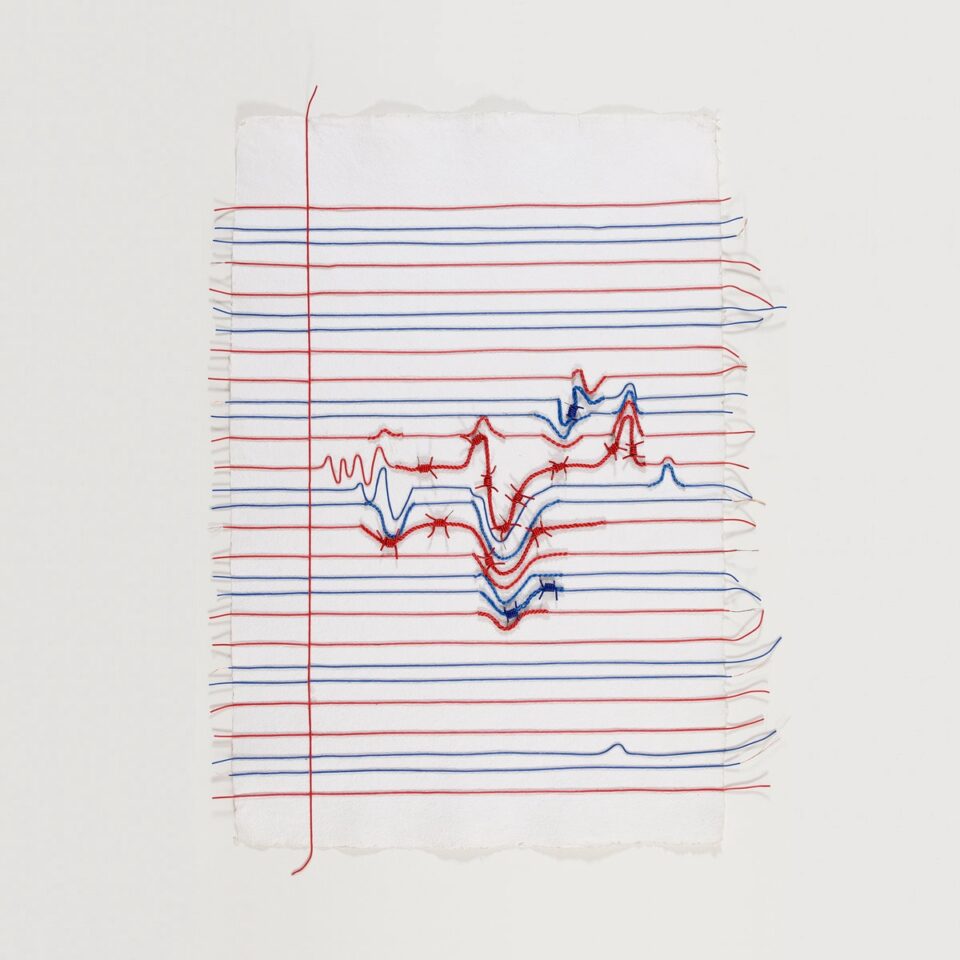Panchiko
Ginkgo
NETTWERK
Panchiko’s Ginkgo is a masterclass in balance. It’s atmospherically lush, emotionally delicate, and it weaves between limbs of angular guitar tones like the sunlight that trickles in and out of the trees you might lay under while blaring this album on a blue spring day. The songs on Ginkgo shift into one another, pushing and pulling genres to contrast the ideas you might have had about this band in the past, whether you were among the relative few listeners who discovered them via their 2000 demo tape D>E>A>T>H>M>E>T>A>L unearthed in 2016 or the cult fanbase they’d amassed by the time of their first proper release seven years later. For the UK five piece, this 13-track project comes with a serene sense of clarity and a starting gun.
From their bright, clean sonics and the most intentional, polished production to date, Panchiko rediscovers their IDM-pop sound with introspective, chromatic, moving pieces on Ginkgo. The songs speak less to the raw angst that much of their debut album gained its acclaim from, though Panchiko still holds plenty of trepidation, rest assured—it’s just subdued by the frontal lobe developing and all the new chapters being written. In that way the album cover feels apt: a selfie taken by vocalist Owain Davies’ young daughter with her father’s phone. It feels like an emblem of where the band is right now: rooted, young, and still growing. They may be metaphysically as old as their first album, but musically, they’re peers with Tanukichan, their opener on their upcoming tour.
Title track “Ginkgo” floods like an early Thom Yorke solo piece—slow, purposeful, and unmistakably grounded—and lays down the complicated drum track for the rest of the album’s ethereal tones to trance out to. Gone is the sharp brashness of their earlier work, that callous, teenage hurt stemming inside ourselves. In its place are intricate layers of maturity taking the shape of ambient synths that blend seamlessly into intricate percussion like the anatomy of something living. And while the occasional guitar warps the rhythm at times, it’s more like the mind thoughtfully guiding meditation than a fist roughly pounding on a door. “You command the leaves to fall / The ginkgo bends at will,” Davies sings, breathing into the space between what we can and can’t control.
The album’s pacing is restrained as it builds with quiet precision rather than dramatic swells, creating a subtle tension that’s tender and weary, reminiscent of the bittersweet sounds of Sweet Trip, LSD and the Search for God, Alison’s Halo, julie, or Have a Nice Life. The production is indelibly polished, but not run through or worn out. Each element feels intentional, with space left for each sound to breathe. The electronic elements that were once experimental in Panchiko’s earlier work are now more refined, warping into the fabric of the song rather than standing apart. This is not the sound of a band trying to prove something; it’s the sound of a band that’s comfortable in its own skin, fully embracing the complexity and beauty of their craft.
Ultimately, Ginkgo is not just a sonic shift for Panchiko; it’s a statement of maturity, both musically and emotionally. It signals an artist stepping into their full potential, embracing nuance, subtlety, and depth—qualities that will undoubtedly define the album as a whole, all the while making some pretty great music to enter into spring with.







